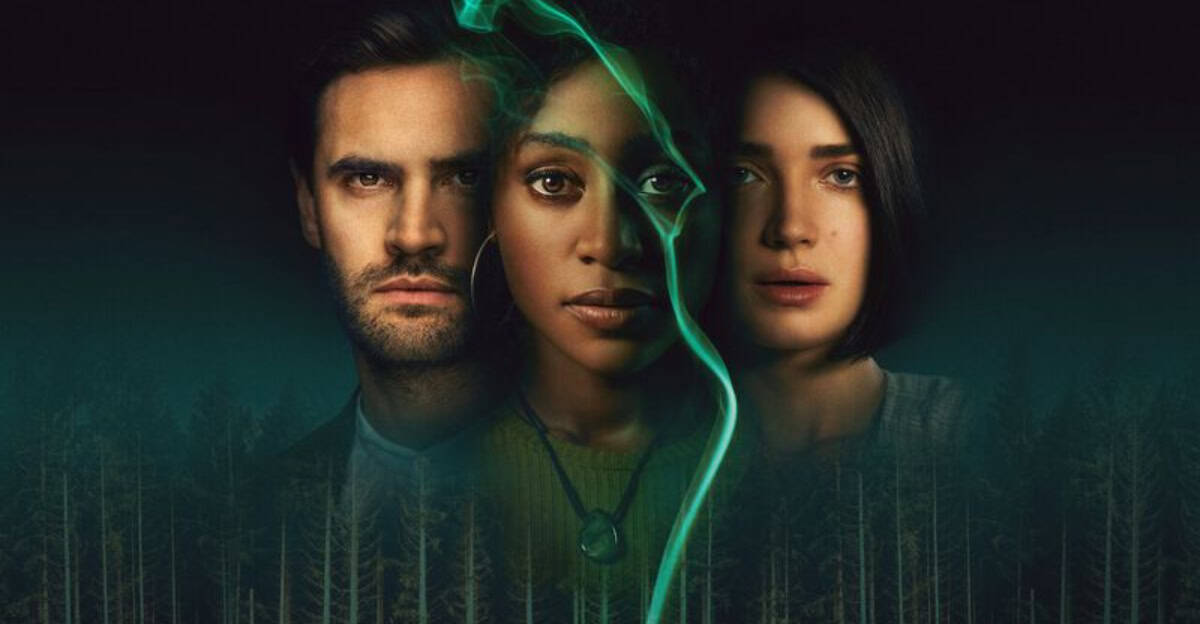The story, based on Sarah Pinborough’s novel, weaves together themes of love, betrayal, and supernatural elements.
As the plot unravels, it leads to an unexpected twist that challenges perceptions and leaves audiences questioning reality.
Let’s delve into the complex ending of this thrilling series!
1. Adele’s True Identity
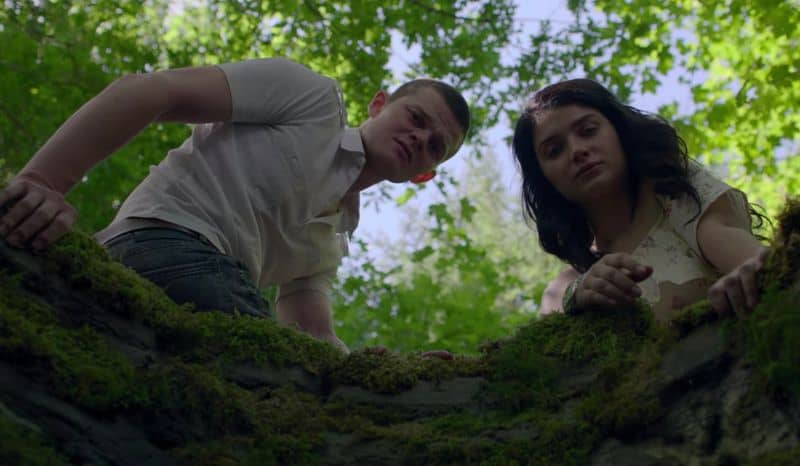
The shocking revelation about Adele’s true identity adds a spine-chilling twist. Initially perceived as a victim, Adele’s character is slowly unraveled.
In reality, Adele is not who she seems; her body is inhabited by Rob, a close friend from her past, using astral projection.
This sinister switch hints at Rob’s obsession and manipulative tendencies.
The haunting realization of identity theft raises questions about trust and the essence of the soul. It challenges viewers to reconsider their understanding of the characters. Such psychological depth adds layers to the story.
2. The Power of Astral Projection
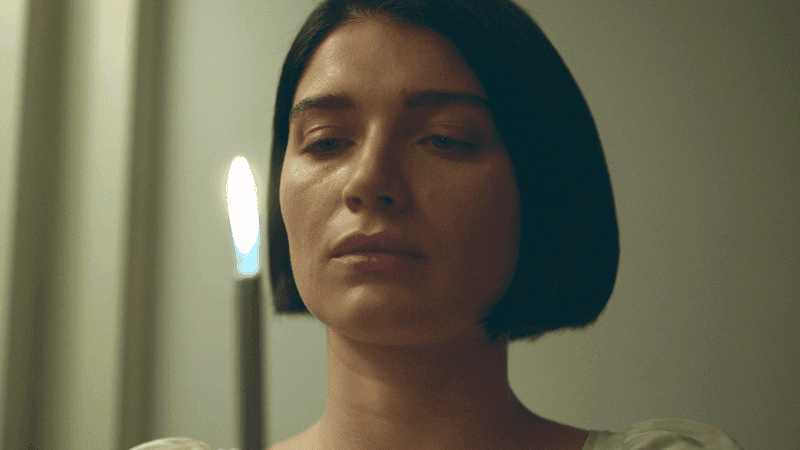
Astral projection becomes a pivotal concept, driving the series’ supernatural elements.
Introduced through Adele and Rob’s friendship, it opens a gateway to manipulation and deceit. This ability allows them to experience life outside their physical bodies.
However, with power comes danger. Rob exploits this ability for personal gain, highlighting the ethical dilemmas and consequences of such supernatural powers.
The series uses astral projection to blur reality and fantasy, challenging the characters’ morality.
3. Louise’s Role in the Twist
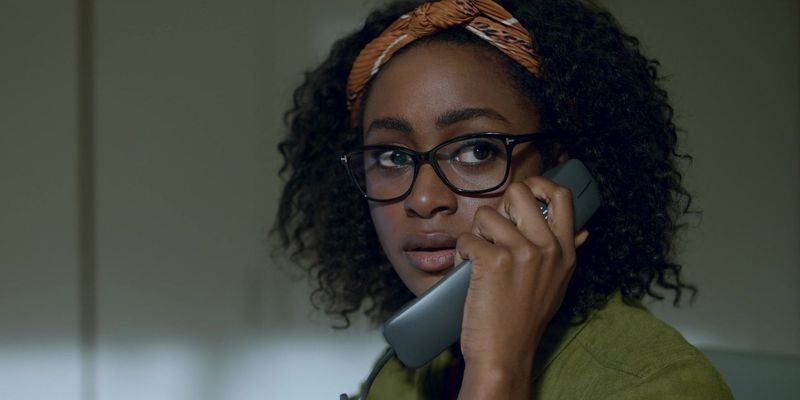
Louise, initially caught in a love triangle, becomes pivotal to the story’s shocking twist.
Her involvement with Adele and David reveals layers of complexity. She is drawn by curiosity and a strange connection to Adele, unaware of the underlying truths.
As the story unfolds, Louise’s decisions fuel the narrative’s tension. She becomes entangled in a web of manipulation, ultimately facing the consequences of her choices.
Her journey emphasizes the significance of intuition and awareness. Louise’s transformation from an unwelcome third party to a central figure reflects the unpredictability of relationships and the importance of agency.
4. David’s Struggle with Guilt

David’s character is marked by internal conflict and hidden guilt. He navigates a turbulent marriage with Adele, unaware of the sinister truth underlying their relationship.
David’s sense of responsibility binds him to Adele, despite the growing complications.
His struggle is a poignant exploration of love and duty, illustrating how guilt can obscure judgment.
As the plot thickens, David’s decisions become crucial, affecting the story’s outcome. He embodies the moral complexities faced by individuals trapped by past mistakes.
5. The Symbolism of Dreams
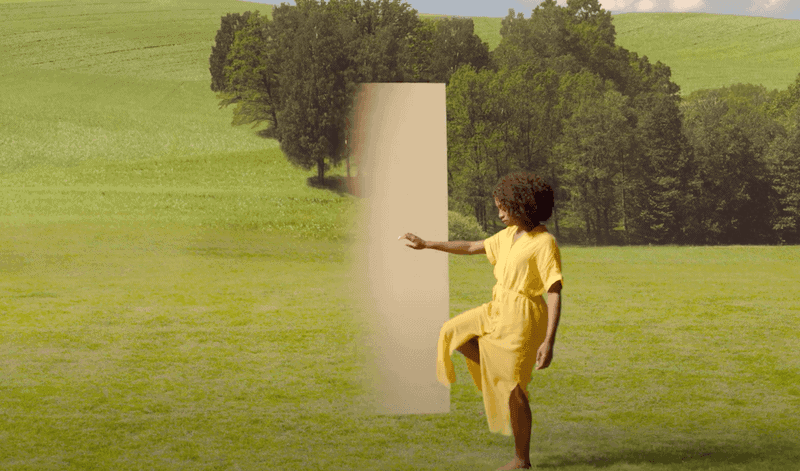
Dreams play an essential role in unraveling the narrative’s secrets. They serve as a bridge between the conscious and unconscious, revealing hidden desires and fears.
In “Behind Her Eyes,” dreams are not mere reflections but active components influencing reality.
The symbolism within dreams guides the characters and foreshadows events. They enrich the plot with depth and provide insight into the character’s psyche.
6. The Twist’s Moral Questions
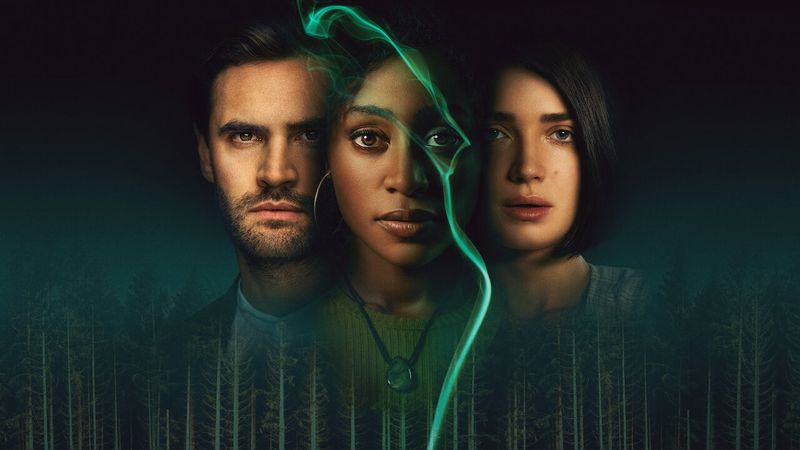
The series’ twist raises profound moral questions. It challenges perceptions of right and wrong, blurring ethical boundaries.
The actions of Adele (Rob) and others force viewers to confront uncomfortable truths and question their moral compass.
It encourages introspection regarding the extent individuals might go to achieve desires.
7. Conclusion’s Impact on Viewers
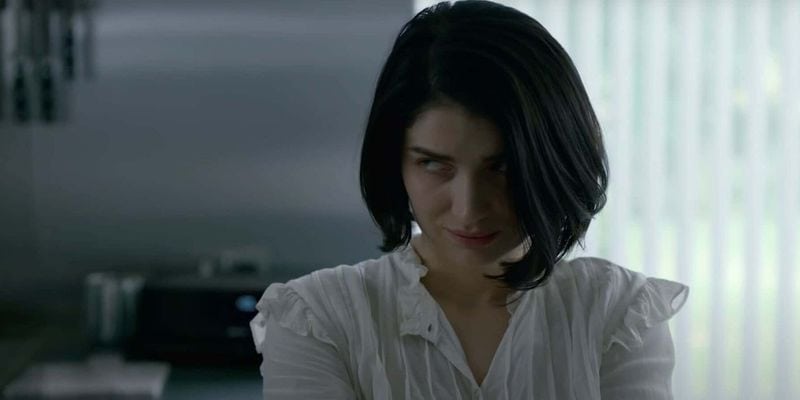
The conclusion of “Behind Her Eyes” leaves a lasting impact. It challenges expectations and lingers in thought long after the credits roll.
The series’ exploration of identity, power, and morality resonates deeply, encouraging conversations.
The unexpected nature of the ending adds to its allure, making it a memorable experience.

